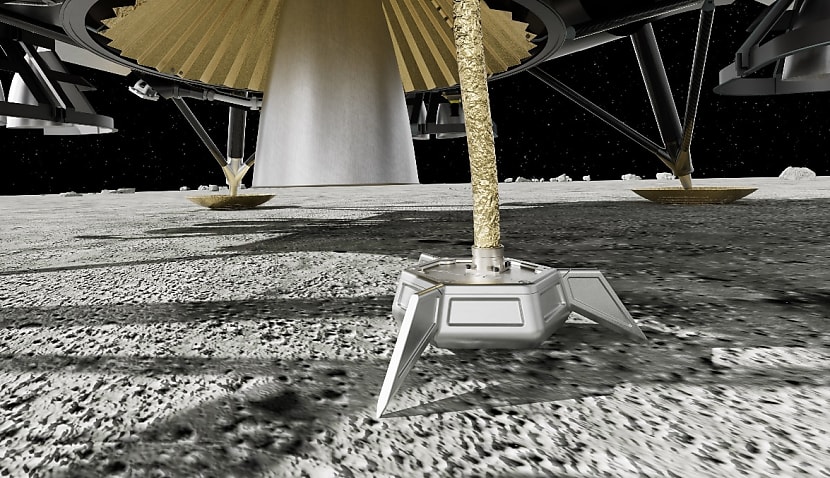On Thursday, Fleet revealed its SPIDER technology would be incorporated into a lunar lander mission by US business Firefly Aerospace.
It comes after NASA awarded Firefly a contract to help deliver payloads to the far side of the moon as part of a program to let commercial companies support Artemis.
The US space agency hopes the missions will scout for lunar resources to one day support a permanent human presence there.
Fleet co-founder Matt Pearson said, “Humanity is on the brink of making tremendous strides in our scientific understanding of the lunar regolith by using advanced seismic technologies to acquire deeper insights about the Moon’s subsurface.
“Technologies, like SPIDER, will become key enablers of our long-term efforts to sustain life on the Moon and beyond.”
Geophysical device SPIDER – Seismic Payload for Interplanetary Discovery, Exploration and Research – will be attached to Firefly’s Blue Ghost lunar lander in 2026.
Fleet said the technology utilises the latest advances in Ambient Noise Tomography (ANT) to record natural seismic waves in the Moon’s subsurface to examine its mineral profile and search for water ice deposits.
It significantly follows Fleet earlier this year winning a $4 million ASA contract to create a device to detect minerals on the moon’s south pole.
The South Australian-based company believes the seismic station will be the first Australian technology to touch down on the lunar surface.
Fleet Space’s proposal was among 10 projects selected to share $40 million under the Demonstrator Program of the Moon to Mars initiative.
The funding is designed to assist companies in getting their technologies ready for space. It comes with Fleet already known for its pioneering technology that uses satellites to detect the location of minerals beneath the Earth’s surface.
“Fleet is honoured to contribute our ground-breaking passive seismic technology to advance research that will enable the development of permanent infrastructure capable of supporting human life on other worlds,” said Pearson.
“As the first Australian seismic technology to land on the Moon, we’re proud to take the first step of Australia’s 7 Sisters mission to explore the Moon and Mars in alignment with NASA’s Artemis program.”

Adam Thorn
Adam is a journalist who has worked for more than 40 prestigious media brands in the UK and Australia. Since 2005, his varied career has included stints as a reporter, copy editor, feature writer and editor for publications as diverse as Fleet Street newspaper The Sunday Times, fashion bible Jones, media and marketing website Mumbrella as well as lifestyle magazines such as GQ, Woman’s Weekly, Men’s Health and Loaded. He joined Momentum Media in early 2020 and currently writes for Australian Aviation and World of Aviation.

